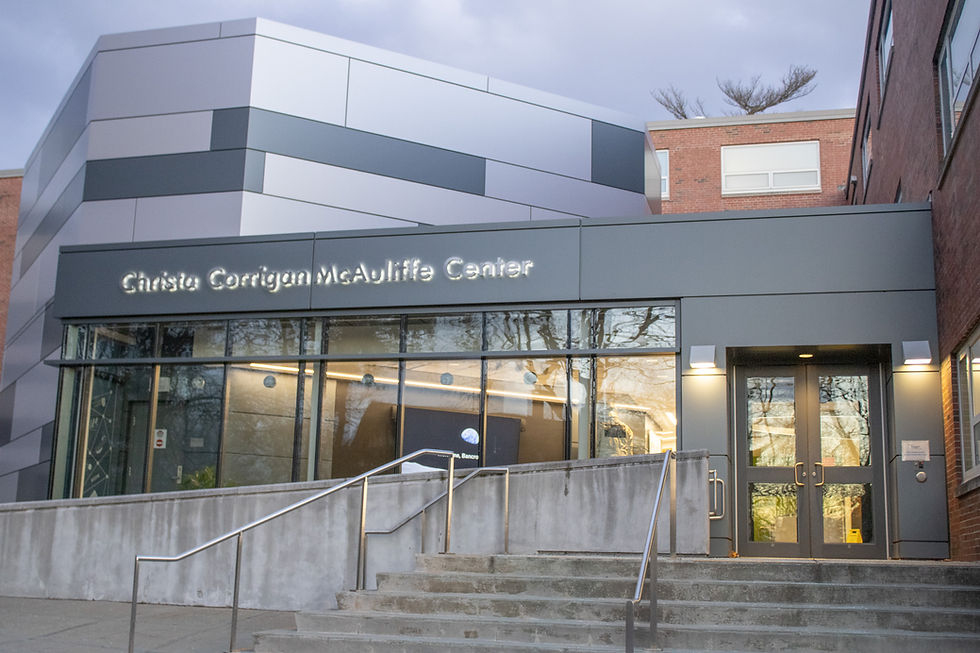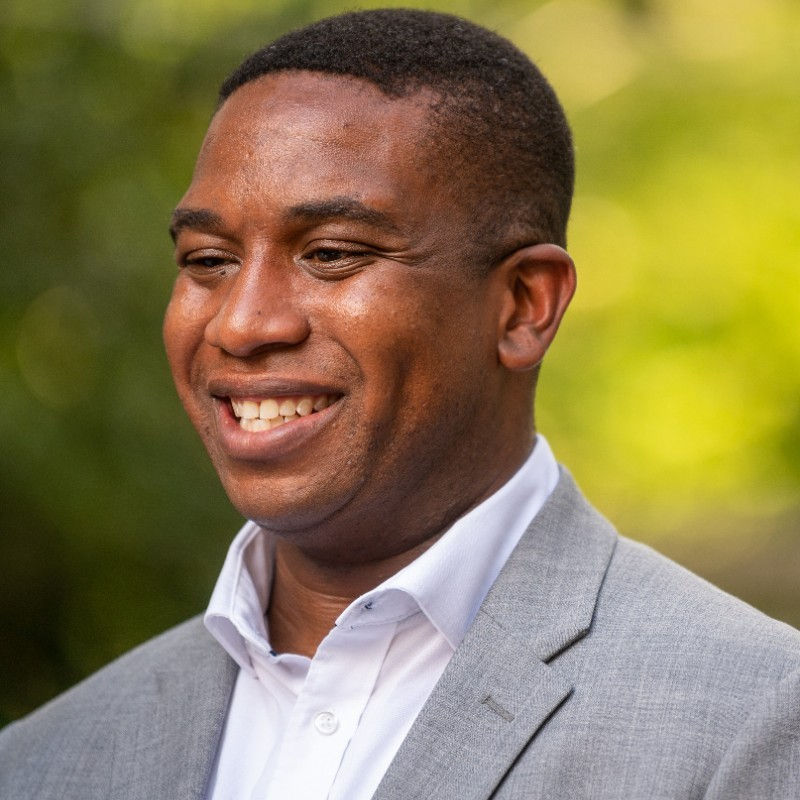Hemenway Hall project to be completed by 2016
- Alexandra Gomes
- Oct 23, 2014
- 4 min read
By Alexandra Gomes
The Hemenway Hall project, which includes an addition to and renovations of the building, is set to be completed by fall of 2016, according to Executive Vice President Dale Hamel.
Construction of the new addition will be completed by fall 2015, at which point students will be able to make use of the new facilities. The addition will consist of 42,000 square feet of new academic space, including eight new chemistry labs and eight new biology labs.
The vacated portions of the old building will be converted to nursing suites, math tutoring suites, and geographic information systems (GIS) laboratories. This portion of the project will be completed by fall 2016.
The total cost of the entire project is estimated to be approximately $80 million.
The first phase of the project – the study phase – consisted of determining what needed to be done and how much it would cost.
This phase began in 2006, when it was determined that Hemenway Hall’s laboratory equipment was outdated and it became clear that simply renovating the existing facility would cause structural issues.
In 2008, the commonwealth allocated $51.4 million through general obligation bonds to fund the project.
An additional $3 million was allocated to relocate the University’s planetarium, which occurred in October 2012.
The second phase – the design phase – involved planning the actual layout and location of the addition. Its current location was chosen because of its proximity to existing facilities.
During this phase, it was discovered that the project was $20 million over budget, according to Hamel. This issue was addressed by reducing the renovations to existing facilities.
In order to balance the budget, an additional $10.6 million was allocated through university-supplied funds – $8.3 million in 2012 and $2.3 million in 2013.
The third phase – the construction phase – began during the fall 2013 semester. The Qrst step was called the “shoring process,” which involved digging to make room for a foundation and to ensure the walls are structurally sound.
The actual construction began during the 2013-14 winter intersession. A significant portion was completed during summer 2014, during what Hamel referred to as a “summer slammer.”
Another summer slammer will occur in 2015, after which the construction phase will be completed.
During the construction phase, it was discovered that the earlier budget cuts needed to be addressed for the redistribution of academic space, according to Hamel.
An additional $12.4 million was allocated in September 2014. Of these funds, said Hamel, $9.3 million came from the commonwealth through supplemental obligation bonds, $3 million came from the Massachusetts Life Sciences Center and $80,000 came from the University.
“We’ll be sitting back down with the departments at some point, probably through the new deans, to review what’s planned and to ensure that what we’re finally completing in terms of design meets current needs,” said Hamel.
“So far, we’re very pleased with how the project is proceeding,” he said. “Timing is still on, in terms of what was initially proposed.”
While the project has been progressing as scheduled, there have been multiple issues associated with and caused by the construction – particularly logistical problems.
“I would say it’s the most logistically challenging job I’ve ever worked on,” said Warren Fairbanks, associate vice president of facilities and capital planning. “It’s like renovating your kitchen a thousand times over.
“Coordination with the campus is a major component of this particular project because we’re working within an occupied building,” he said.
Fairbanks added that because Hemenway Hall is a science center, it has special waste, ventilation and compressed air systems. Working around these systems has been challenging, he said.
“But because the faculty and the faculty chairs have worked very closely with us, and understand the challenges, it’s been a lot easier than I actually expected it to be,” he said.
Another issue, according to Hamel, involves traffic. “There’s basically more traffic due to this project, and while we’ve got parking for most of them [the construction workers] off-site, it still has had an impact there as well,” said Hamel.
The physical location of the addition was criticized by students due to the resulting destruction of Larned Beach, which was a popular recreational spot prior to the construction.
Cora Udiskey, a sophomore food science major, said, “I really enjoyed sitting out in the grass, so taking away some of that was kind of a downside.”
According to Fairbanks, Larned Beach will be partially restored after the addition has been completed.
“It won’t be any more earth-moving – it will just be finishing the site,” he said.
Brian Bellan, a senior business administration major, said, “It’s not really going to affect me too much because I’m a senior, but ... if you’re a freshman or sophomore, I guess that could be kind of annoying – if you’re going to be seeing construction all the time while you’re here.”
Some students, such as Ryan Fulford, a senior corporate communication arts major, are skeptical about the completion date.
“It just never seems like it’s ever going to be done. I feel like I could come back here in like 20 years and they’ll still be doing construction,” he said.
Anderson Santana, a senior computer science major, said, “I actually spoke to a few professors of mine and they told me it might take longer than that – at least two years from last semester. But ... if it finishes in a year from now, then that’s fine.”
Calvin Ridley, a senior studio art major, said the outcome will justify the various inconveniences.
“I think they’ve been working really hard. I mean, obviously, it’d be better if it was done faster, but ... I worked here over the summer, and they worked pretty hard day in and day out to get it done,” said Ridley.
Fairbanks said he is pleased with how the project is progressing. “The lines of communication are good, contractors have been responsive, and we’re trying the best we can to keep things normal,” he said.
He added, “We don’t want to have an adverse effect on the educational processes, so that’s always our number one goal.”





